Cats, with their curious whiskers and playful demeanor, often find themselves exploring every nook and cranny of the house, especially the kitchen. While this might seem harmless, the kitchen can be a veritable minefield of dangers for your feline friend. Here, we uncover ten everyday kitchen items that could pose serious risks to your cat’s health. Being aware of these hazards is the first step in ensuring a safe environment for your furry companion.
Onions and Garlic
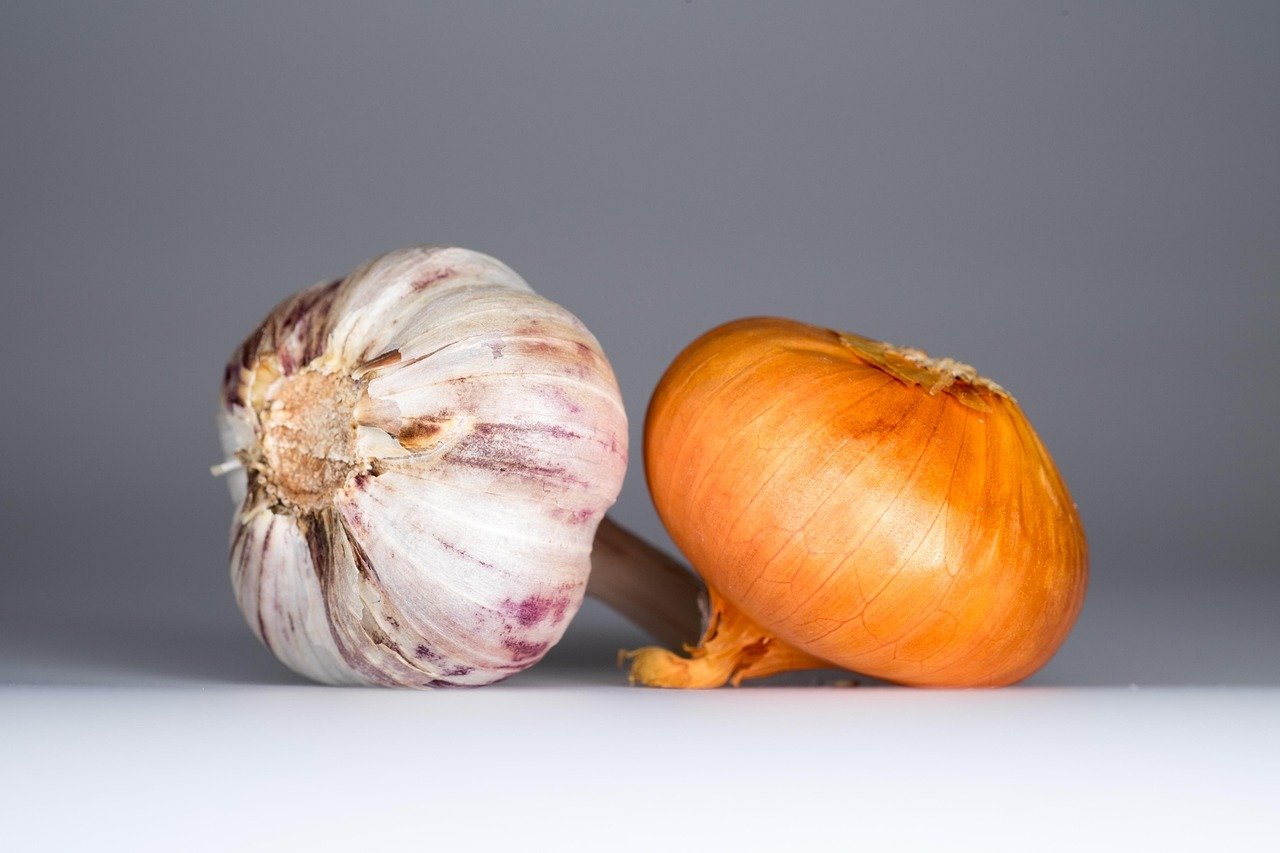
Onions and garlic, while staples in many delicious dishes, can be toxic to cats. These aromatic bulbs contain compounds that can damage a cat’s red blood cells, leading to anemia. Even small amounts, whether raw, cooked, or powdered, can pose a threat. Imagine them as tiny vampires, silently draining the life from your pet. It’s crucial to store these items securely, out of your cat’s reach, to prevent any accidental ingestion.
Chocolate
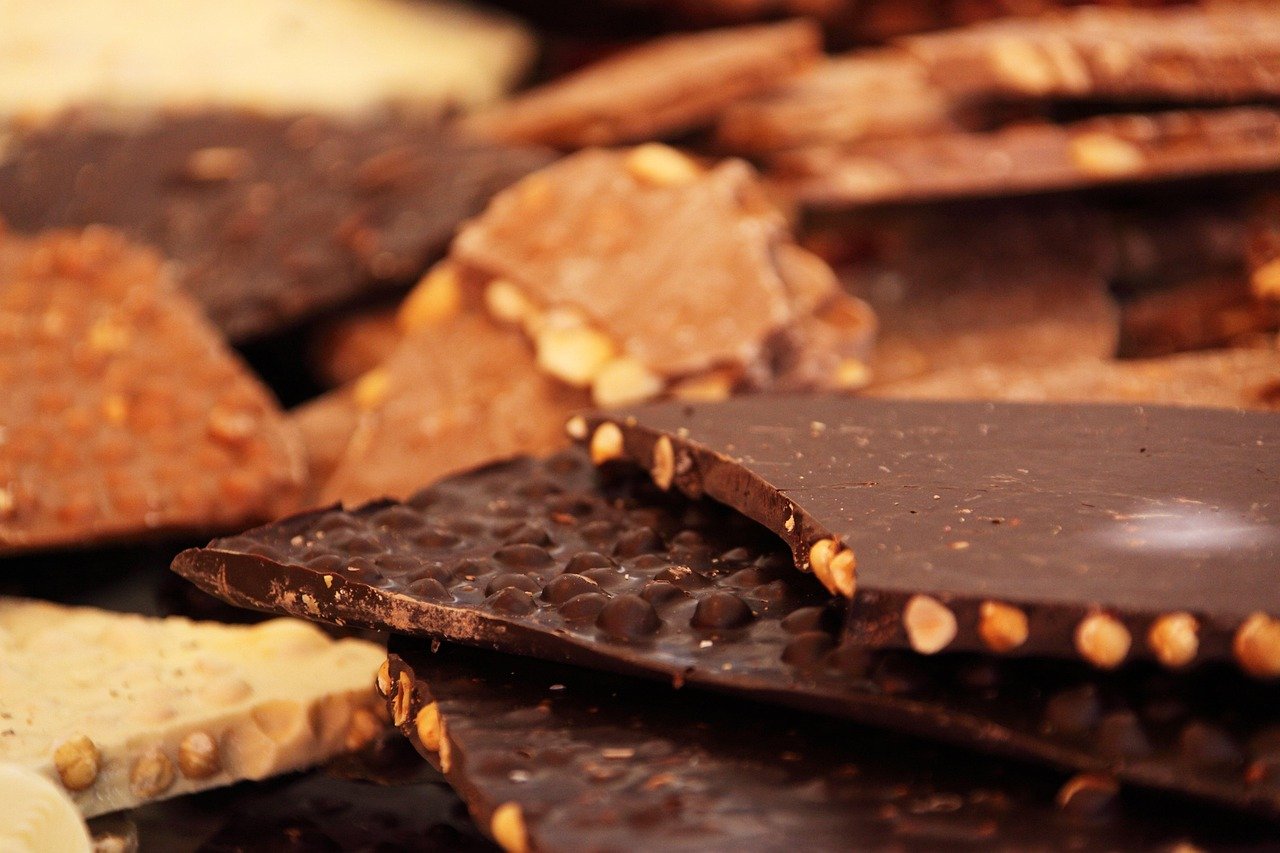
Chocolate is a well-known hazard for dogs, but it’s equally dangerous for cats. The theobromine and caffeine found in chocolate can cause serious health issues, ranging from vomiting and diarrhea to more severe symptoms like seizures and even death. Think of chocolate as an alluring siren that sings a deadly song to your unsuspecting pet. To keep your feline safe, ensure that all chocolate products are stored in a place where curious paws cannot reach.
Alcohol
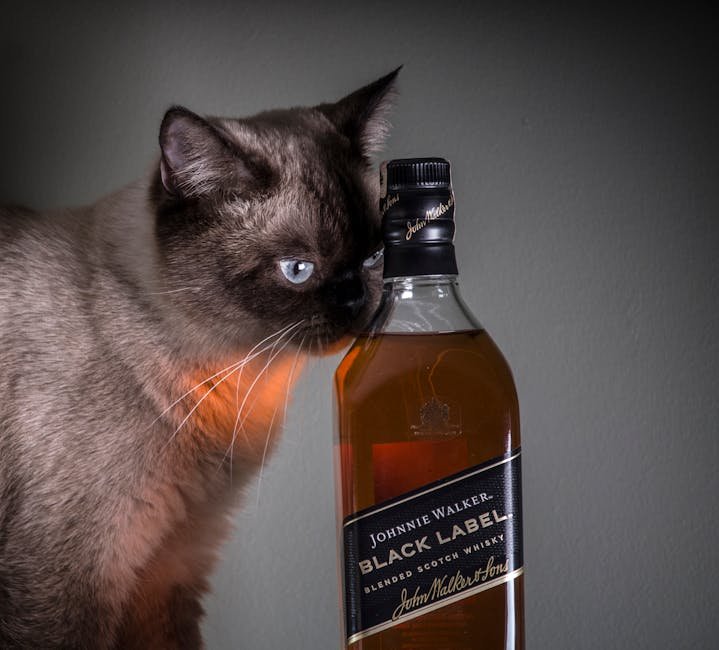
Alcohol is another kitchen item that can be exceptionally harmful to cats. Even small quantities can lead to alcohol poisoning, causing symptoms such as vomiting, disorientation, and in severe cases, respiratory failure. Picture your cat as a lightweight who simply cannot handle the buzz. It’s imperative to clean up spills promptly and keep alcoholic beverages well out of reach.
Grapes and Raisins
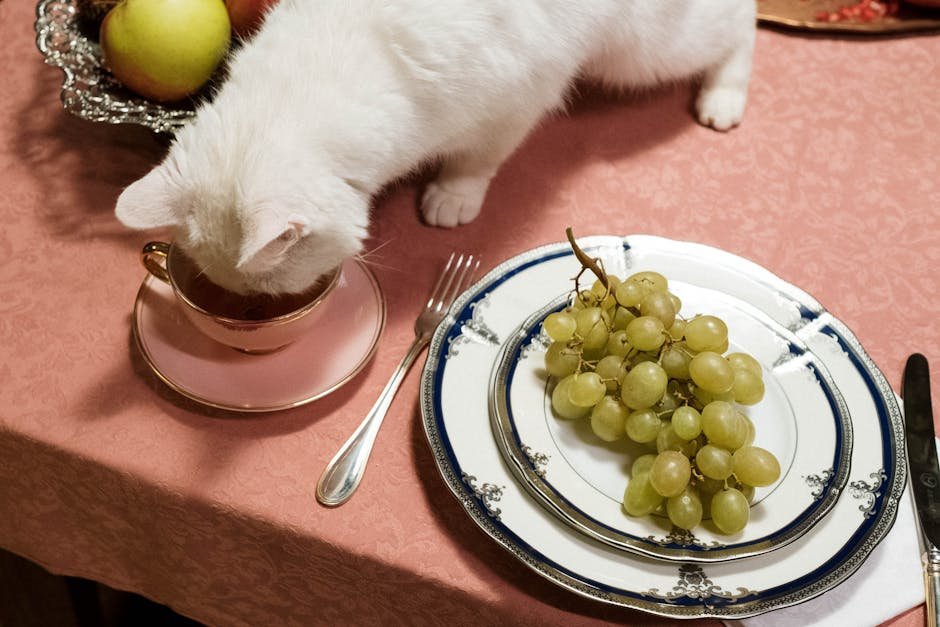
While grapes and raisins might seem like innocent snacks, they can be toxic to your cat. The exact substance in these fruits that causes harm is still unknown, but they can lead to kidney failure in cats. Consider them as tiny ticking time bombs that could have dire consequences. Always make sure these fruits are stored securely and any fallen pieces are promptly picked up.
Raw Dough
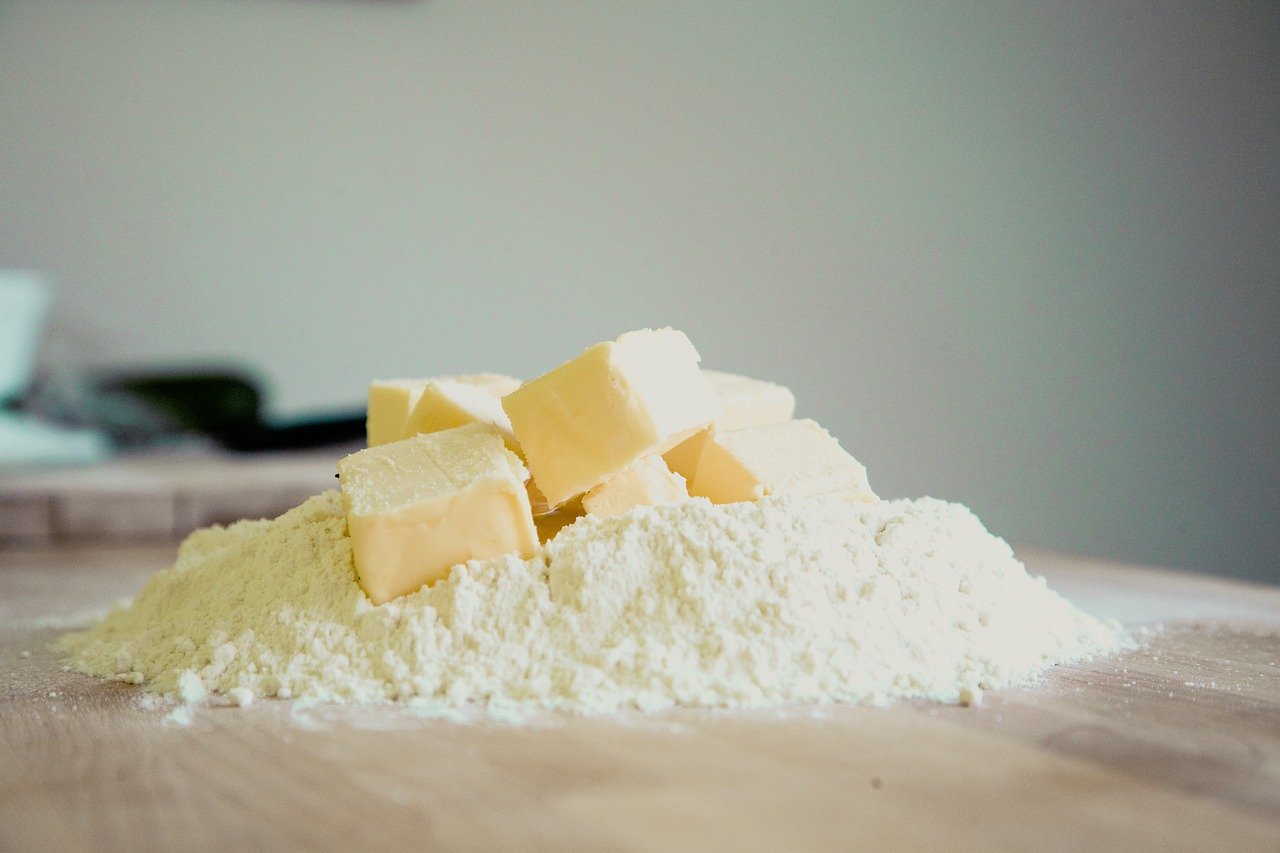
Cats are naturally drawn to the smell of yeast, but raw dough can expand in their stomachs, causing severe discomfort and potentially leading to life-threatening conditions like gastric dilatation. Imagine your cat’s stomach as a balloon being filled with air — it’s not a pleasant feeling! Always ensure dough is left to rise in a place inaccessible to your furry friend.
Avocados
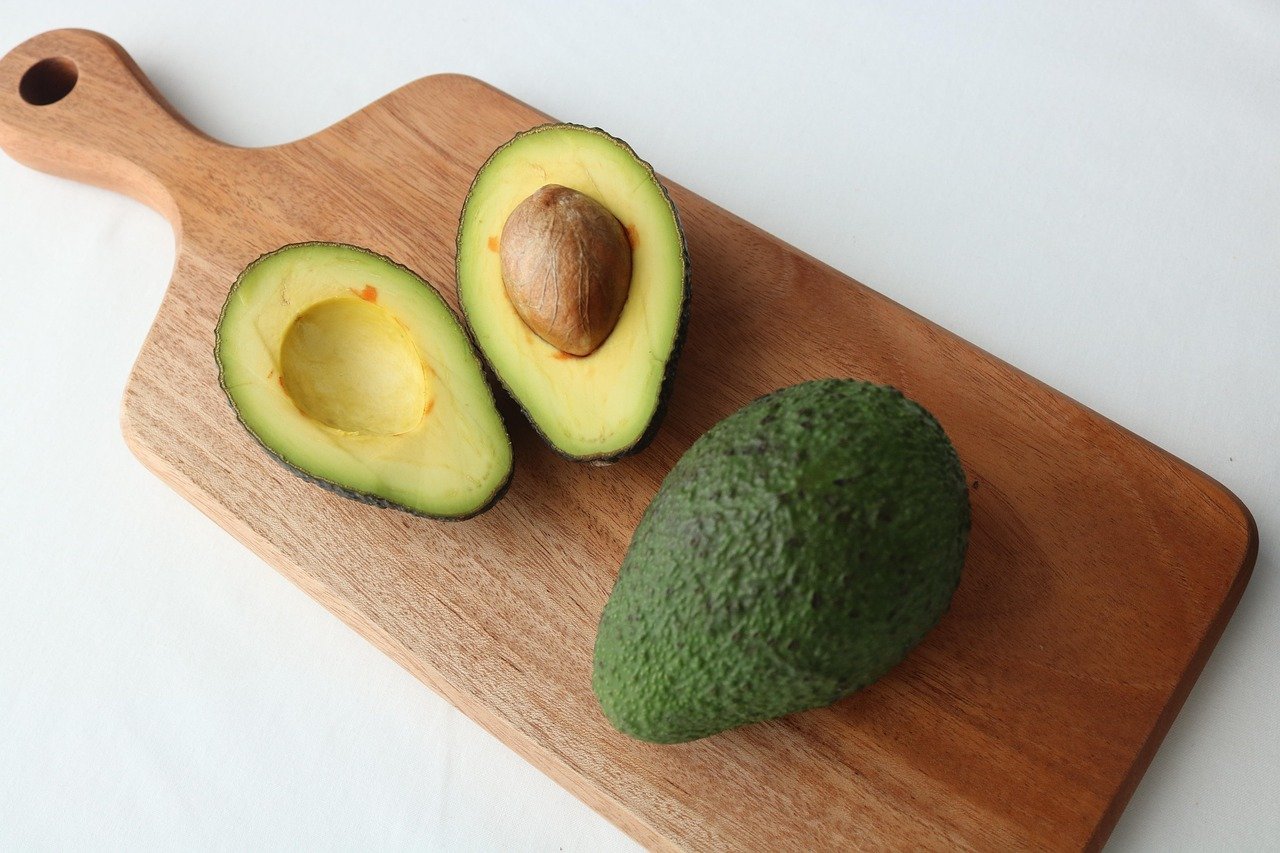
Avocados contain a substance called persin, which can cause vomiting and diarrhea in cats. While not all cats are affected, it’s better to err on the side of caution. Think of avocados as a deceptive friend — seemingly harmless but potentially dangerous. Keep avocados and any guacamole dishes far from your cat’s inquisitive paws.
Caffeine
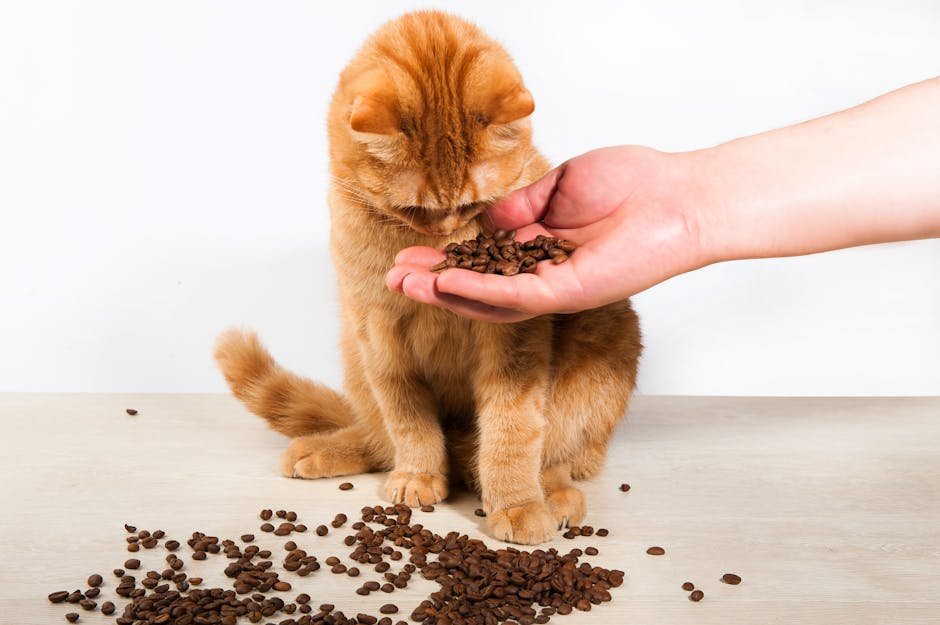
Caffeine, found in coffee, tea, and many sodas, is another kitchen staple that can be hazardous to cats. It can cause restlessness, rapid breathing, heart palpitations, and even muscle tremors. Consider caffeine as a jittery jack-in-the-box, ready to spring unpleasant surprises on your unsuspecting pet. Ensure that caffeinated beverages are kept well away from your cat’s reach.
Artificial Sweeteners
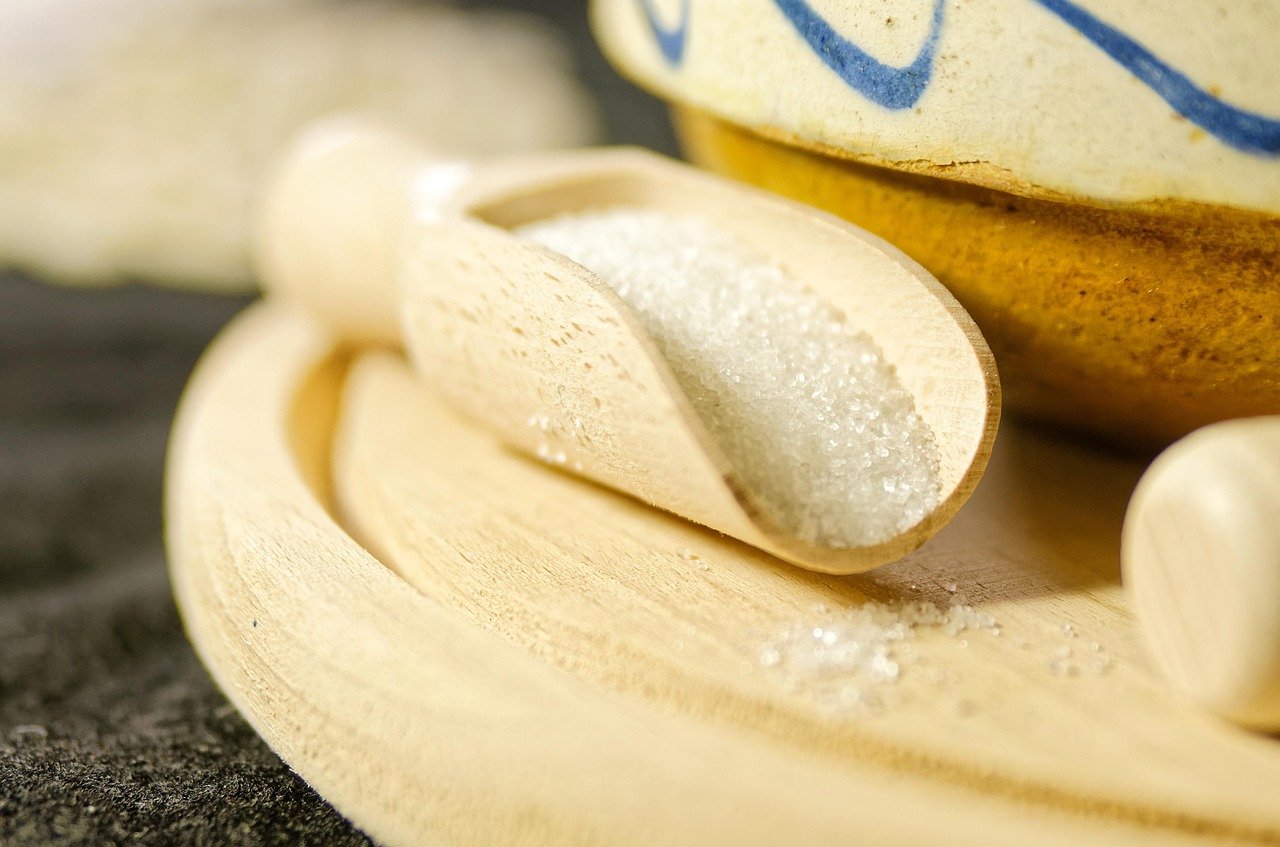
Xylitol, a common artificial sweetener found in sugar-free gum and some baked goods, can be particularly dangerous for cats. While it primarily affects dogs, causing insulin release and potentially leading to liver failure, it’s best to keep it away from cats as well. Imagine xylitol as a sweet siren, tempting but treacherous. Always check ingredient labels and store products containing xylitol safely.
Fat Trimmings
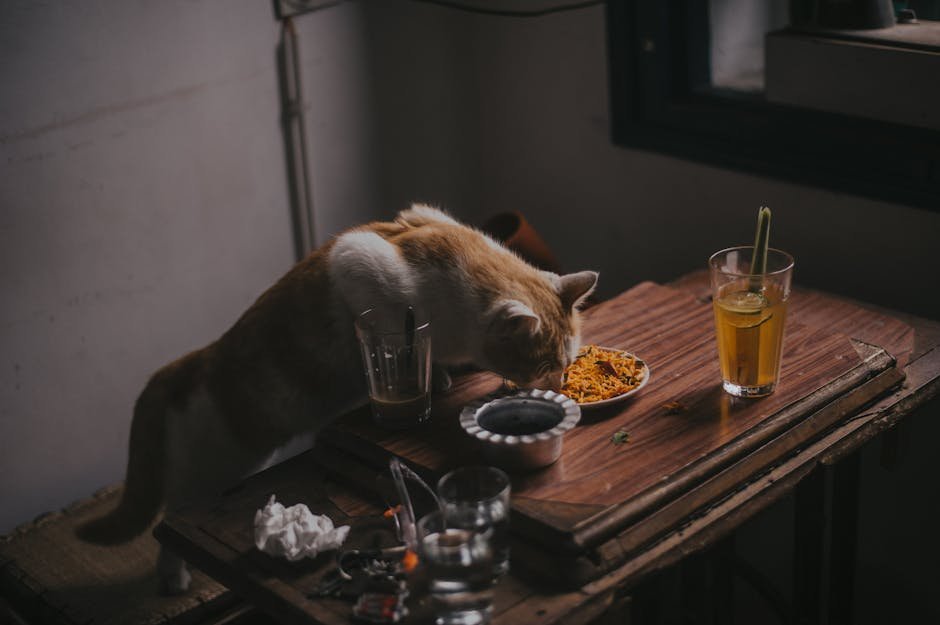
It might be tempting to treat your cat to some leftover fat trimmings, but this can lead to pancreatitis, a painful inflammation of the pancreas. Think of it as feeding your pet a ticking health bomb. Instead of offering this unhealthy treat, opt for specially formulated cat snacks that are both safe and nutritious.
Salt
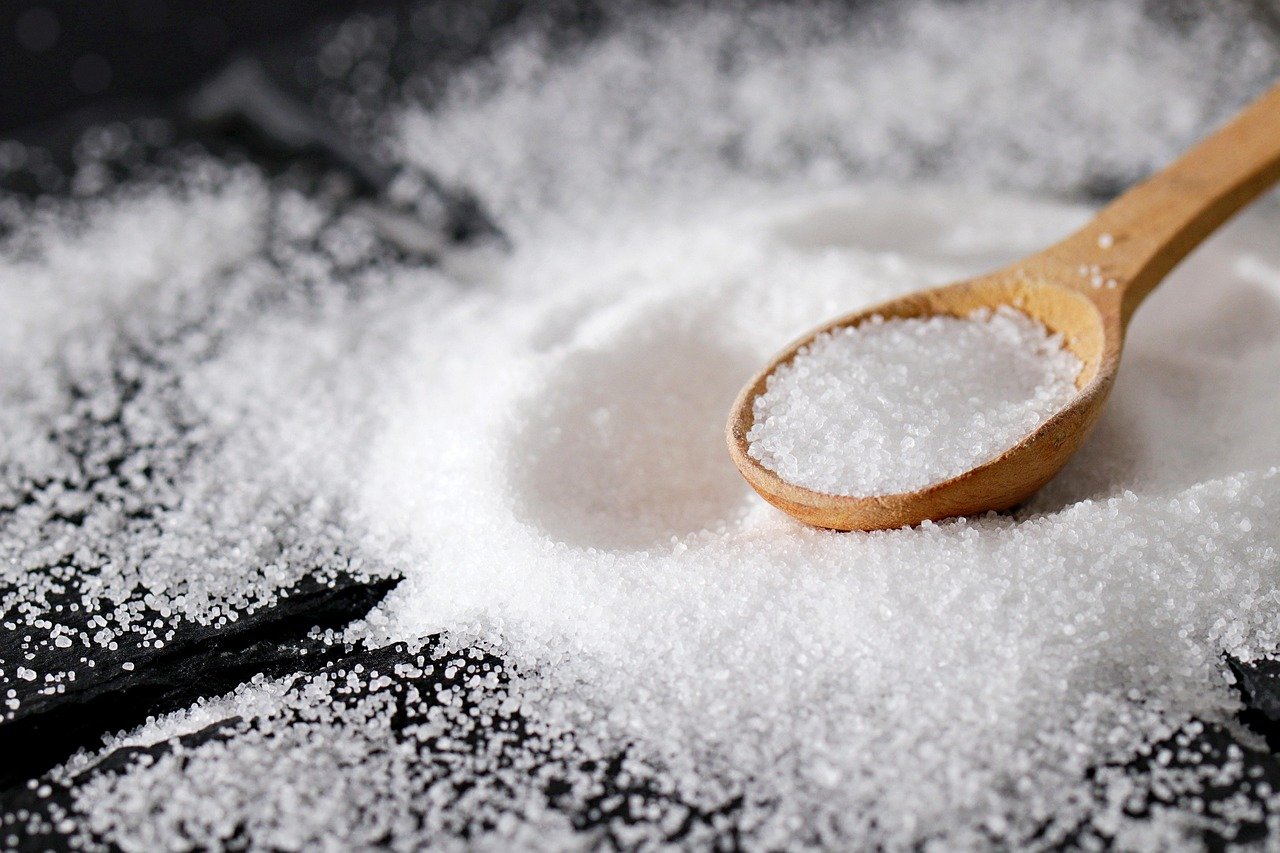
While a pinch of salt can enhance the flavor of your meals, it can be dangerous for cats. Excessive salt intake can lead to salt poisoning, causing symptoms like vomiting, diarrhea, tremors, and even seizures. Consider salt as a sneaky villain, hiding in plain sight. Always ensure that your cat’s diet is low in salt, and avoid feeding them heavily seasoned foods.
In the hustle and bustle of daily life, it’s easy to overlook the potential dangers lurking in our kitchens. By being informed and vigilant, you can create a safe haven for your beloved cat, ensuring they can explore their surroundings without any risk.

Linnea is a born and bred Swede but spends as much time as possible in Cape Town, South Africa. This is mainly due to Cape Town’s extraordinary scenery, wildlife, and atmosphere (in other words, because Cape Town is heaven on earth.) That being said, Sweden’s majestic forests forever hold a special place in her heart. Linnea spends as much time as she can close to the ocean collecting sea shells or in the park admiring puppies.






